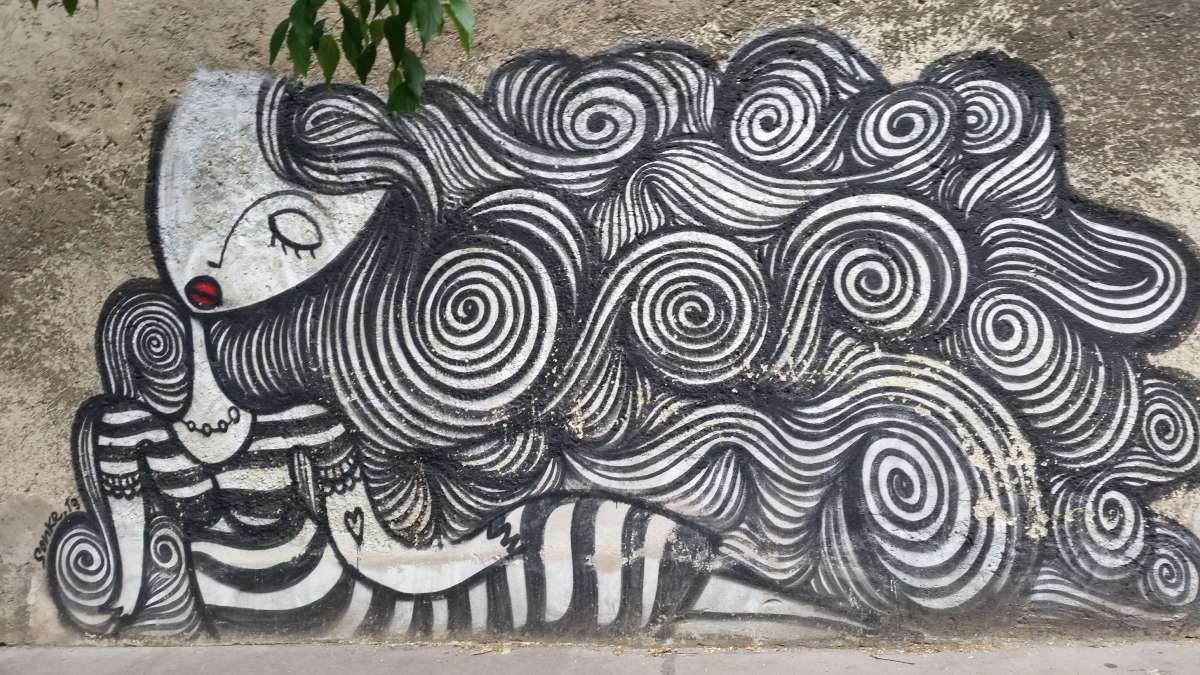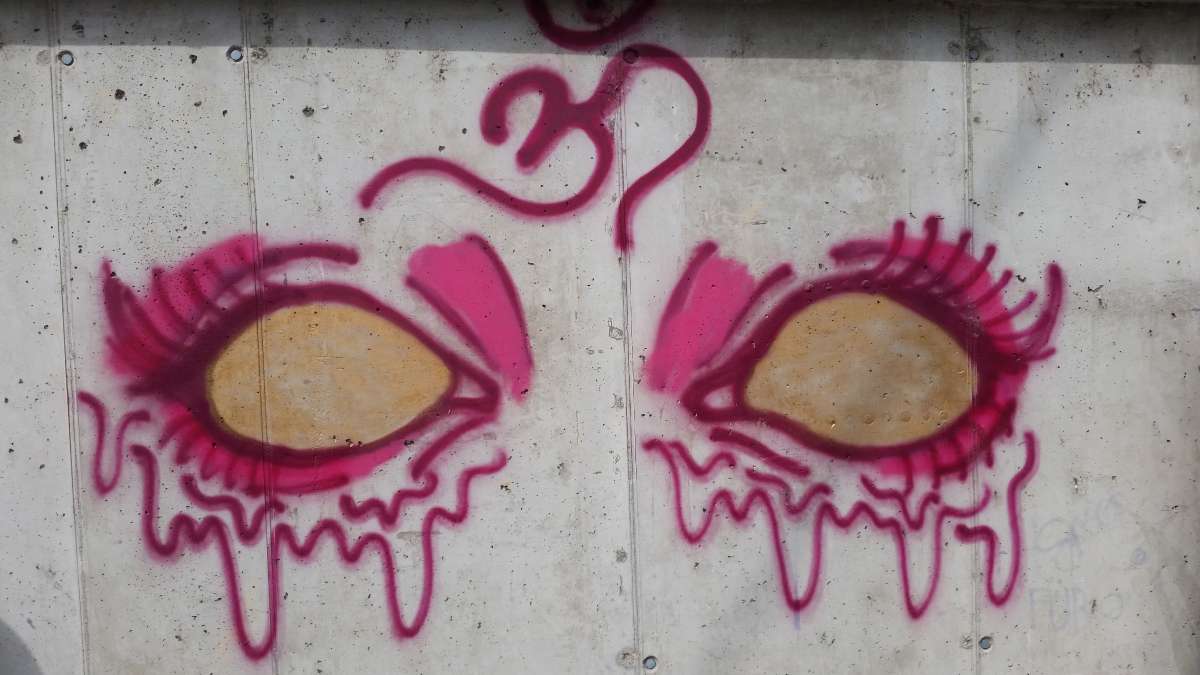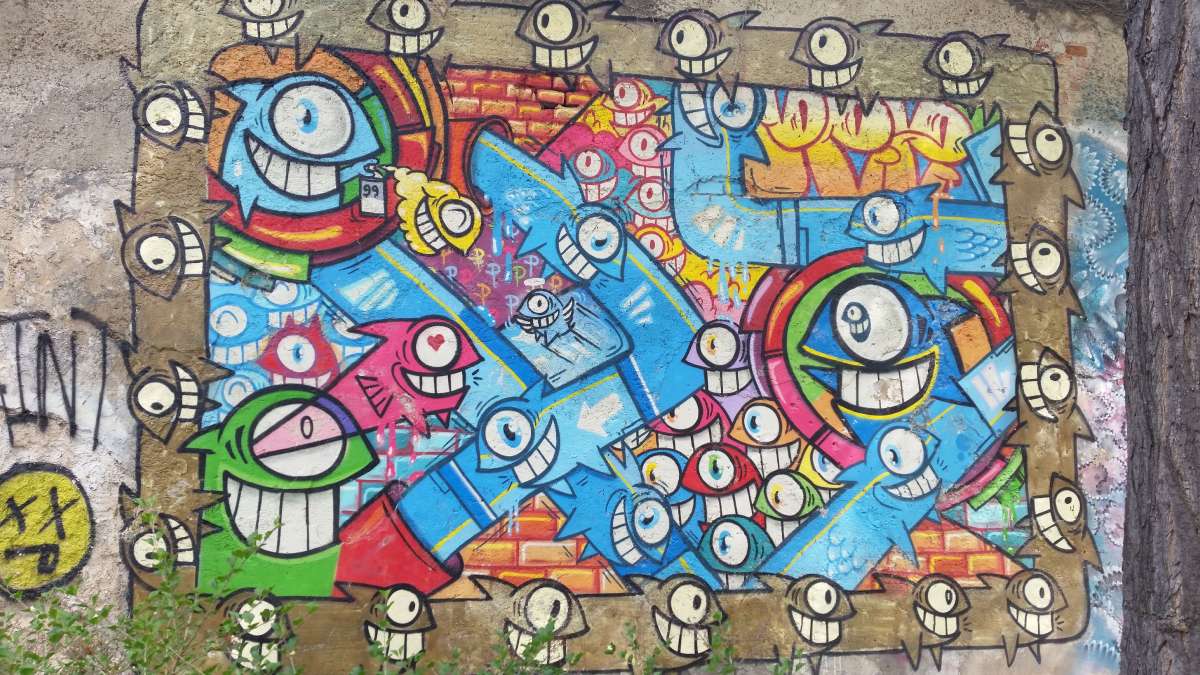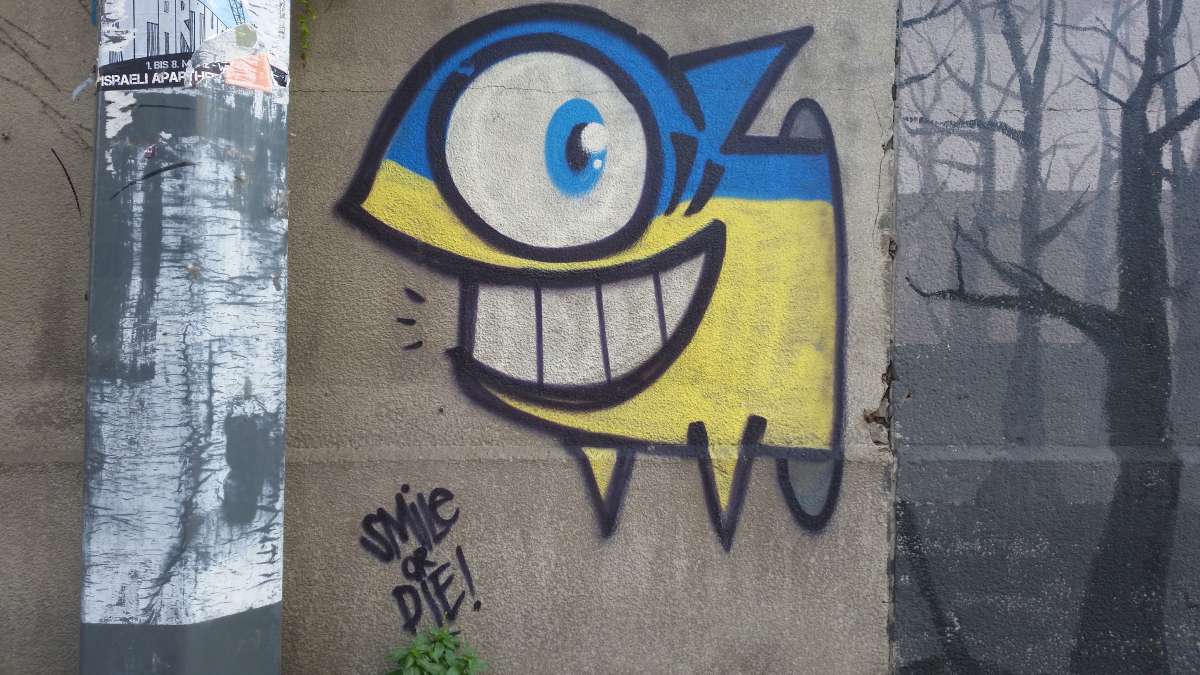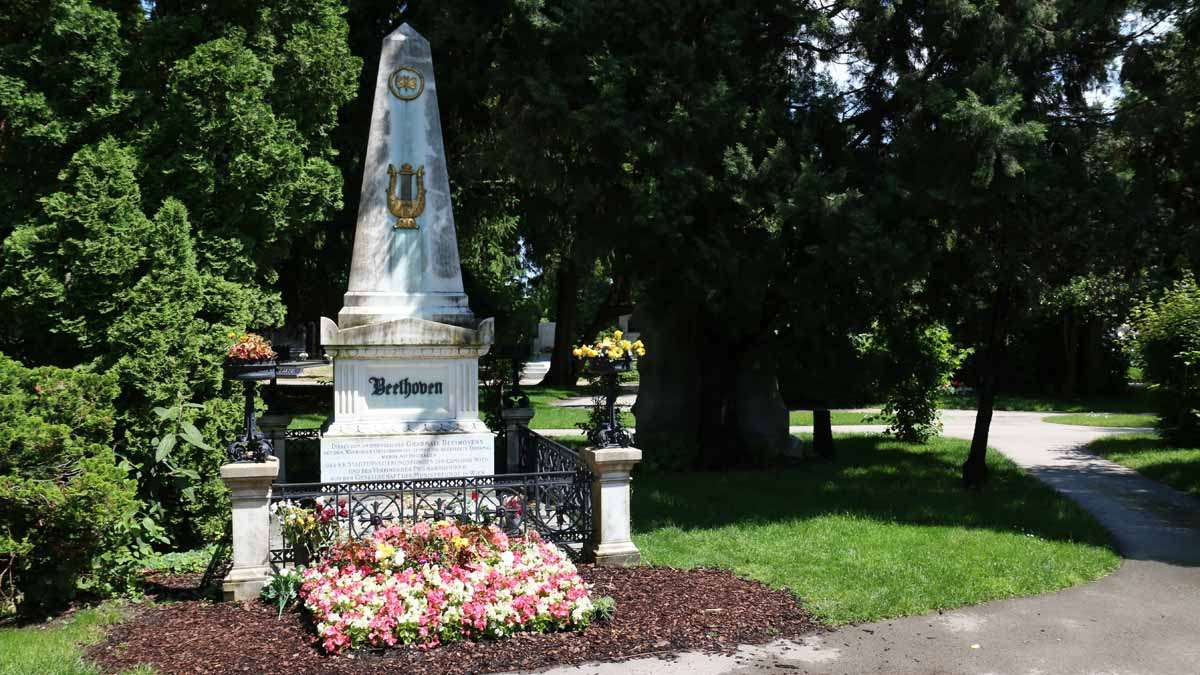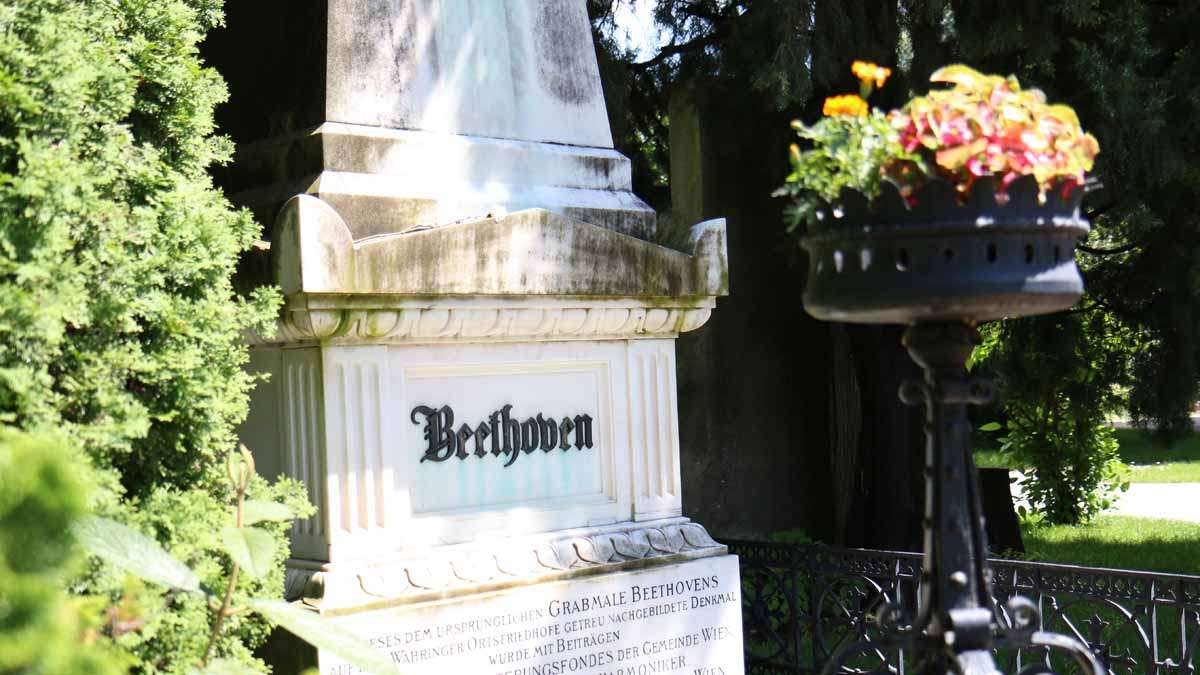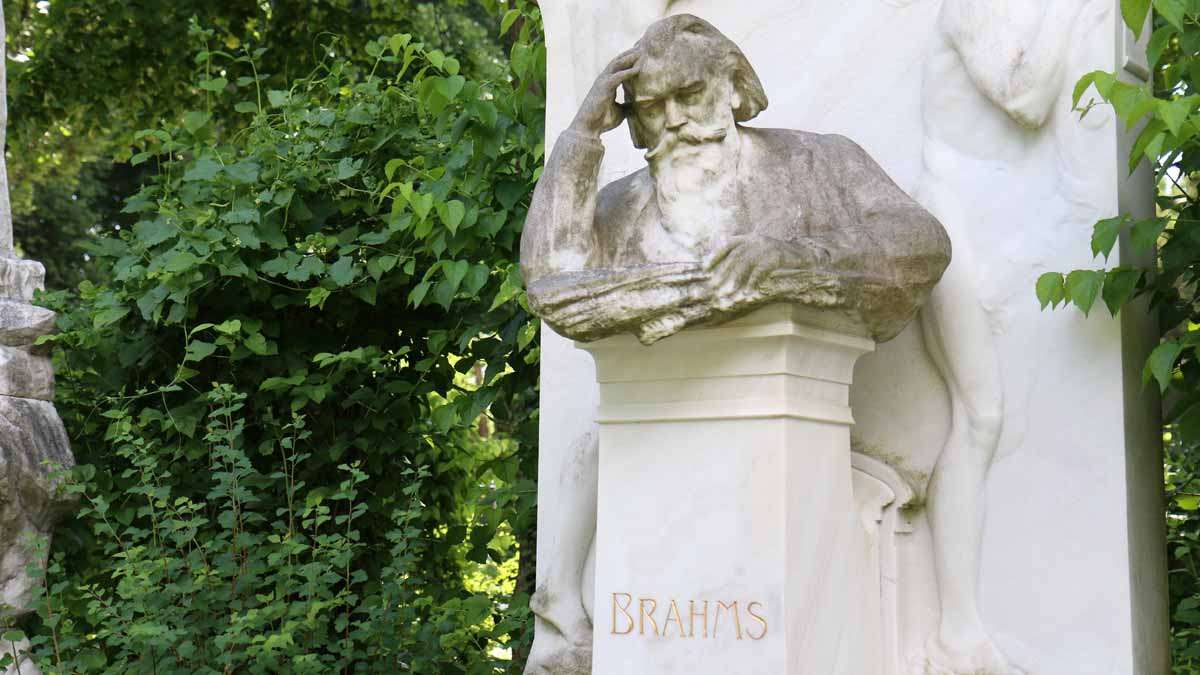Gravesites and Graffiti in Vienna
ListenAs the “City of Waltzes,” Vienna has hosted, inspired, and commissioned a legion of classical composers to write songs, most notably Johann Strauss’ “The Blue Danube,” named after the nearby river that actually runs a deep green.
That tradition is everywhere you go in Vienna, which hosts two of its own major orchestras and an array of classical performances happening daily, a Mozart ensemble performing four shows a week, dressed in 18th century costumes and powdered wigs.
Many visitors beat a path out of the city, down to the enormous Zentralfriehof – the Central Cemetery – to see the tombstones of Vienna’s musical founders. Beethoven, Schubert, Brahms, and Johannes Strauss are clustered around a memorial to Mozart, whose died impoverished and was buried a pauper. The actual site of his bones is unknown.
The Brahms tombstone features a bust of the composer himself, looking contemplatively in the direction of Mozart. You can hear an excerpt of his 3rd symphony performed by the Philadelphia Orchestra on May 30th, in Paris, above.
Schoenberg is also nearby, set aside by himself away from the elaborate funerary of the others. The modernist who founded the 12-tone system that revolutionized music composition is memorialized by a marble cube, set askew on a plinth. Vienna takes pride in its history, while at the same time trying to shake it off.
There are several underground nightclubs (literally) where DJs experiment with all genres of electronic washes and beats.
The Leopold Museum asked British artist Tracey Emin to create a series of installation in response to the museum’s collection of Egon Schiele, Vienna’s disturbing (and tragic) early 20th century expressionist. The Albertina Museum, housed in an 18th century Habsburg palace, curated “Drawing Now,” a survey of contemporary international artists rethinking what it means to draw – including wire sculpture and wrapping the building itself with orange tape.
Contemporary expression can also be seen on the streets themselves, where graffiti is allowed to exist on some walls. Artists obviously put some time and care into work on the old plastered-stone walls in the Wein section of Vienna, near the Belvedere palace. The only one to identify him- or herself in the work, Baby Olmec, used a wicket-style spraying technique to create a feather effect on native Aztec figures. Check them out in the picture gallery.
WHYY is your source for fact-based, in-depth journalism and information. As a nonprofit organization, we rely on financial support from readers like you. Please give today.



